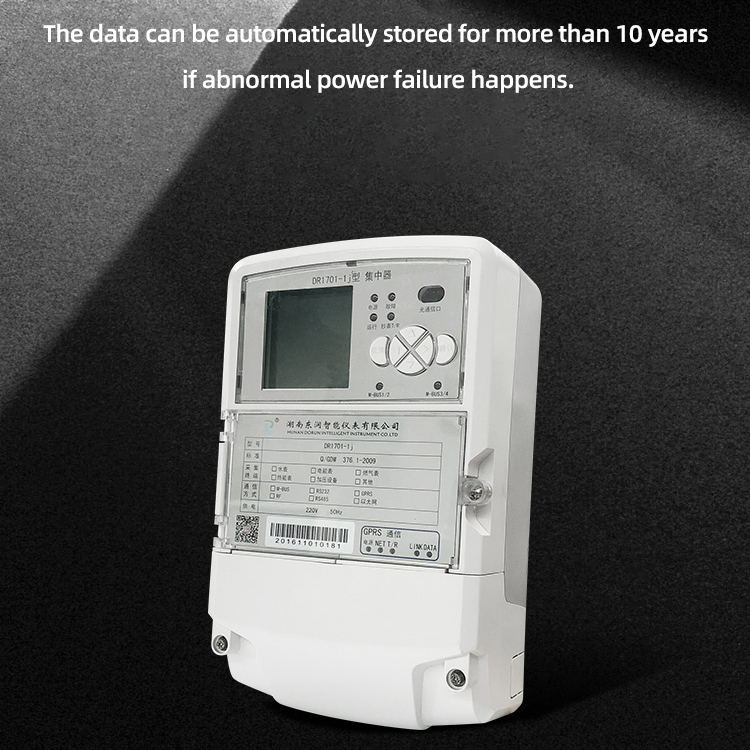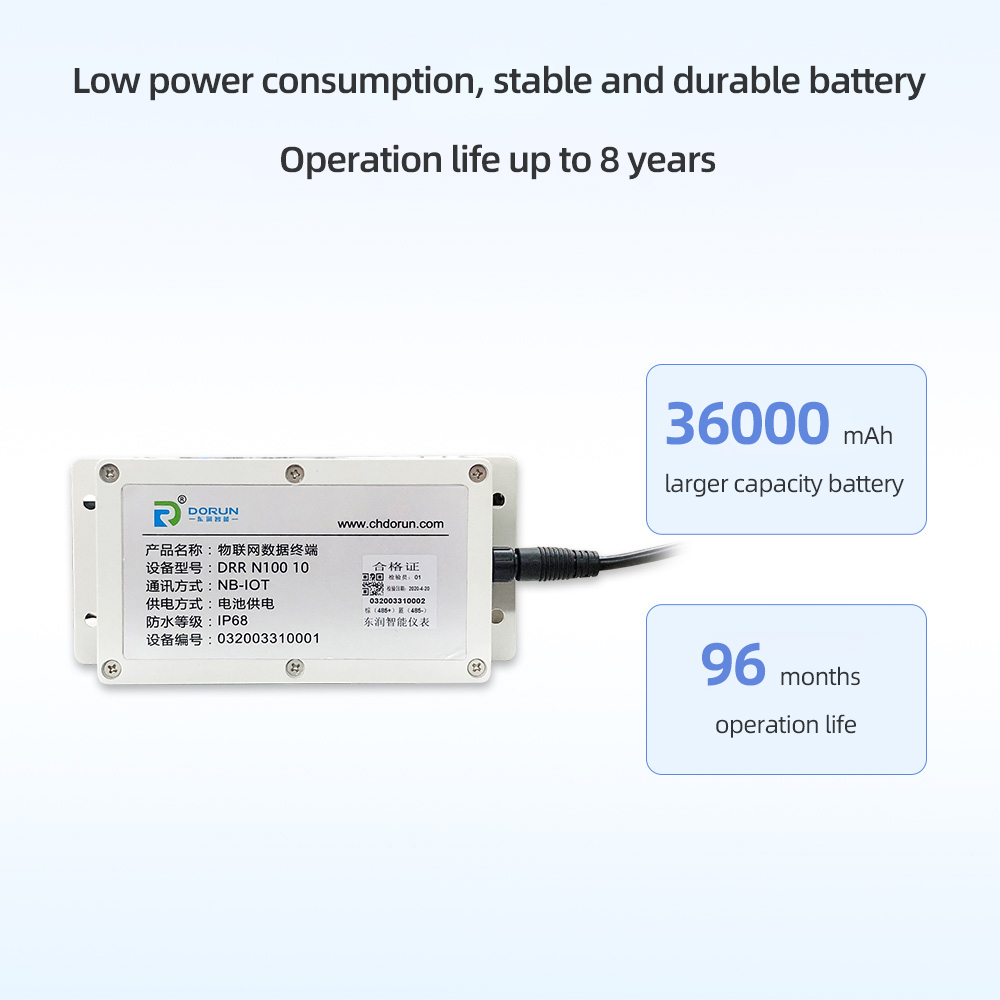With conservation a way of life in California and recent legislation around water loss control and performance standards (Senate Bill 555), every drop of water matters. Understanding the quantities of water delivered to customers and minimizing inaccuracies associated with metering is a critical step for proper water resources management. Fortunately, advances in water metering technologies are allowing utilities to measure water volumes more accurately than ever before.
Mechanical meters are the most common metering technology used today in water distribution systems; however, static meters are becoming a dominant force in the industry. Efforts by American Water Works Association (AWWA) to develop standards around accuracy for static meters have helped these meters gain more widespread acceptance. Long Distance Communication

Two common types of static meters being evaluated and used by water utilities today are ultrasonic meters and electromagnetic meters, which are battery-powered and use non-mechanical means of measuring water flow. Ultrasonic meters use transducers to send soundwaves through water in the pipe. The time for sound waves to bounce back to the transducers, or transit time, is used to derive the flow rate. Electromagnetic meters use the principle of electromagnetic induction to measure flow. Magnets on the outside of the pipe generate a magnetic field and induce an electrical voltage in the water flowing through, which is measured by electrodes and converted to a flow rate.
With no moving parts, static meters offer some advantages over mechanical meters, including higher metering accuracy over a larger operating range and reduced maintenance requirements.
AMI programs often provide utilities with an opportunity to pivot from traditional metering technologies to static meters. In 2022, the California Public Utilities Commission approved AMI across the entire San Jose Water distribution system, which consists of about 230,000 meters. San Jose Water is actively evaluating various static meters. The selection process is based on meter technology, availability, the ability of the meter to communicate necessary information through the selected AMI network, and cost.
There is a higher upfront capital cost associated with static meters, and ultimately, the most suitable metering technology will be utility specific. In California, where we experience frequent, recurring and extreme droughts, every drop of water counts, and the potential benefits of revenue recovery and water loss control warrant an evaluation of static meters. By understanding all our options for metering technologies, we can make more informed decisions in managing our water resources.
Jake Walsh is assistant chief engineer of planning at San Jose Water. He has 18 years of experience in public water utility engineering at San Jose Water, serving over 1 million people in the greater San Jose metropolitan area. He earned his Master of Public Administration degree from the University of San Francisco. Tags: metering, Q1 2023 Print Issue, Smart Metering Share this post Tweet
Your email address will not be published. Required fields are marked *

Rs485 Modbus Network Interface Save my name, email, and website in this browser for the next time I comment.